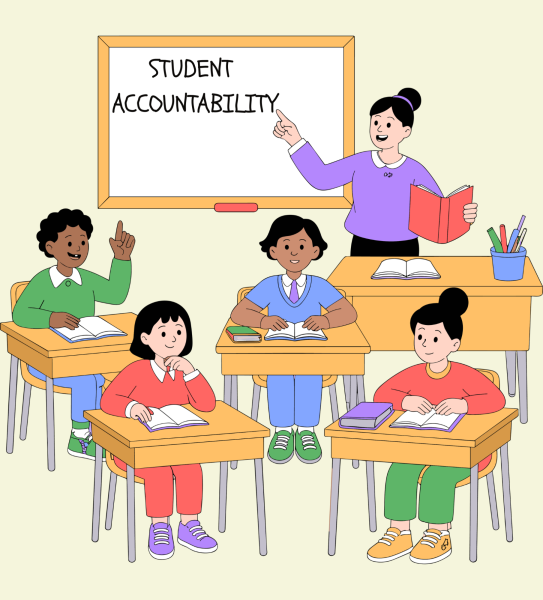Social media is controlling our news
Every 10 minutes my phone buzzes. It is not a text or call from a friend, but an update from one of the multiple media sources I subscribe to telling me that some form of breaking news has happened somewhere around the world. In the age of the 24-hour news cycle and social media, this is common.
Many people believe that social media has become the main source for news and the news is controlled by the apps we read. According to Forbes, social media is the news outlet for more than 2.4 billion Internet users. Of those people, 64.5 percent receive their breaking news from apps such as Facebook, Twitter, YouTube, Snapchat and Instagram.
The days of waking up to watch the morning news or read your morning paper are long gone and have been for some time.
To understand why so many young Americans go to their apps for news, we first have to understand why social media apps were created in the first place. Social media was originally intended for communicating. It was a way to update people around you or worldwide about what things you are interested in and a way to communicate with people who had similar interests.
As the printed and even televised news began to die off, news outlets had to look for a way to relate to a younger, more-technology-driven viewer. The answer to this was to offer news through social media. So, outlets such as the Associated Press and CNN began to tweet and post updates on Facebook. With the changing of the technology, there were new problems journalists and news organizations faced.
The biggest issue was attention span. Studies have shown that in the year 2000, the average attention span was 12 seconds. In 2018, it had fallen to roughly eight seconds. Just for an example, the average attention span of a goldfish is roughly nine seconds. Because of this, these news outlets realized that the average reader or viewer was no longer as attentive to the story as in previous years.
This began the trend of quick, blurbs of news that got straight to the point with no fluff or unnecessary information. So if we know that our news has been dumbed down and shortened, do we know if these social media sites are controlling the news we see? Yes, they are. I believe that depending on what you have already “liked” or “followed”, your news will be altered to fit your conformation bias.
In Jan. 2018, Facebook made the announcement that the app will now prioritize news from trustworthy sources, news that is informative and news that is relevant to one’s local community. Facebook made the decisions on what news meets these criteria. If you see an article it means that it has been liked or shared enough times to finally be popular enough to reach your feed.
We have to broaden both our mind, and who we get news from. Regardless of whether you are conservative or liberal, read as many different angles of viewpoints of a story before you form an opinion. If you just read a story that confirms what you already believe, you are missing the opportunity to see a different side of the story or the truth.
The news happens fast and is forgotten faster. I subscribe to multiple newspapers through their apps on my phone to read daily, and things still slip through the cracks. In our current 24-hour social media driven news cycle, we have to remember to see multiple sources and not always take headlines as truth.



